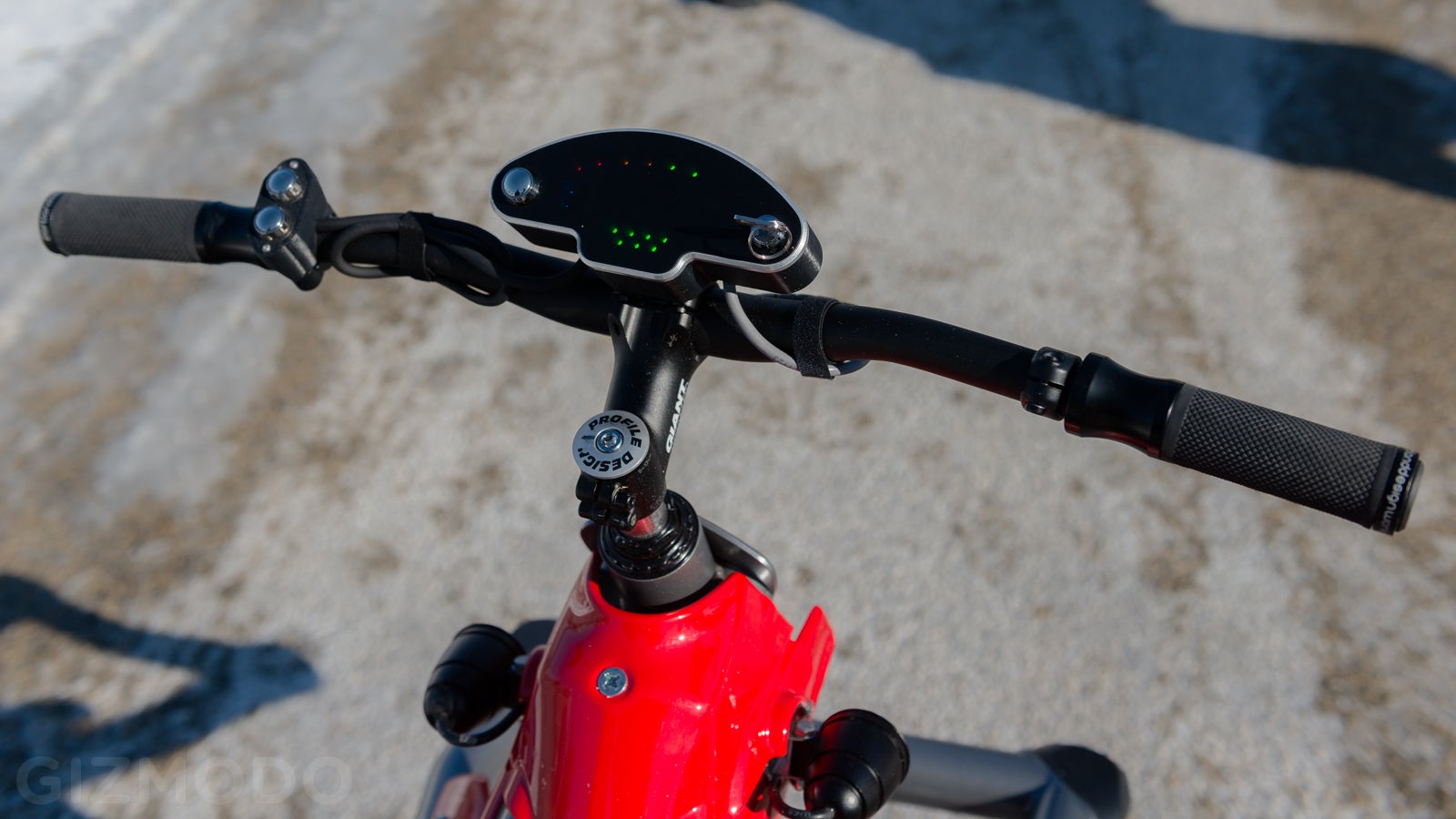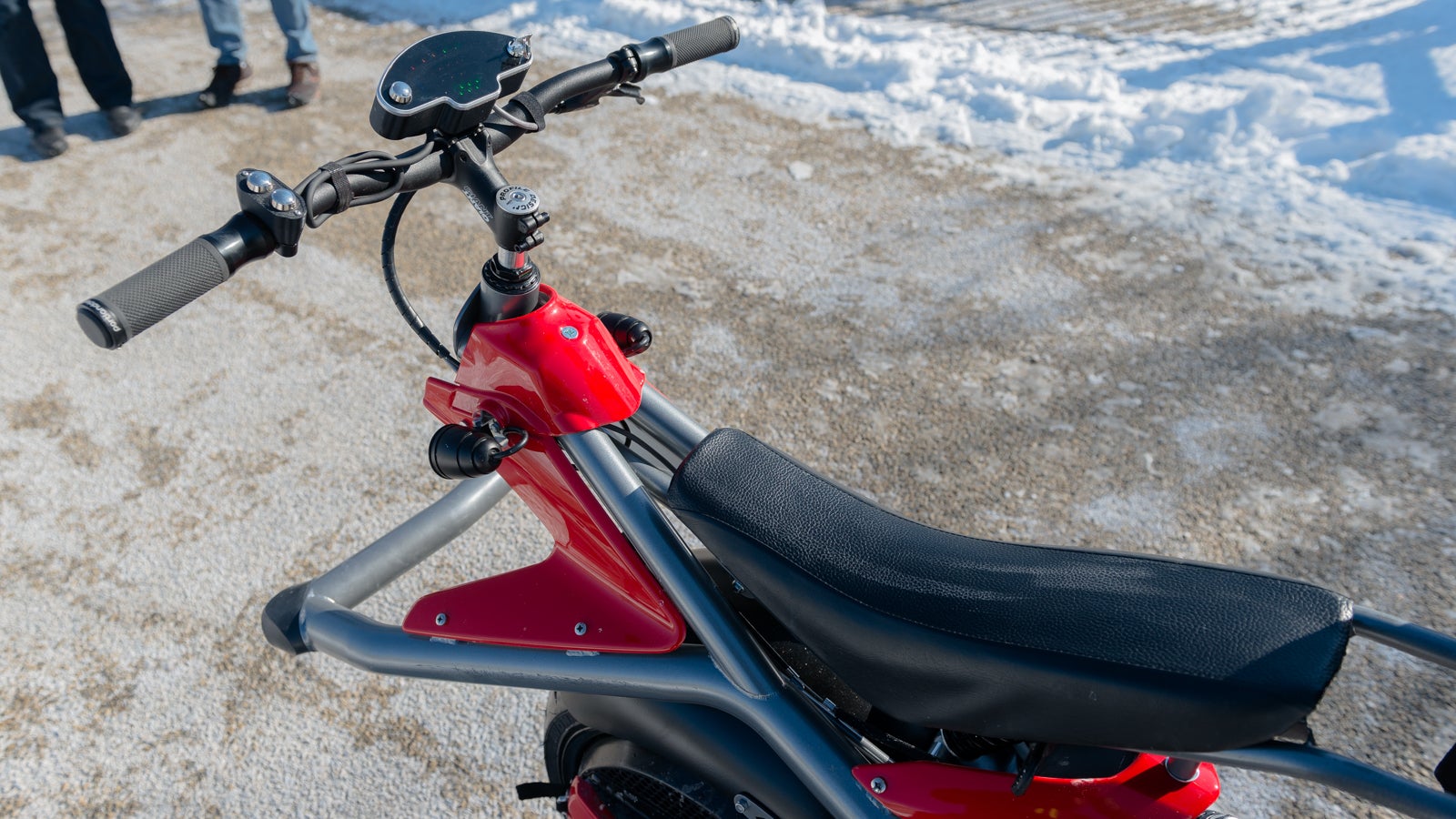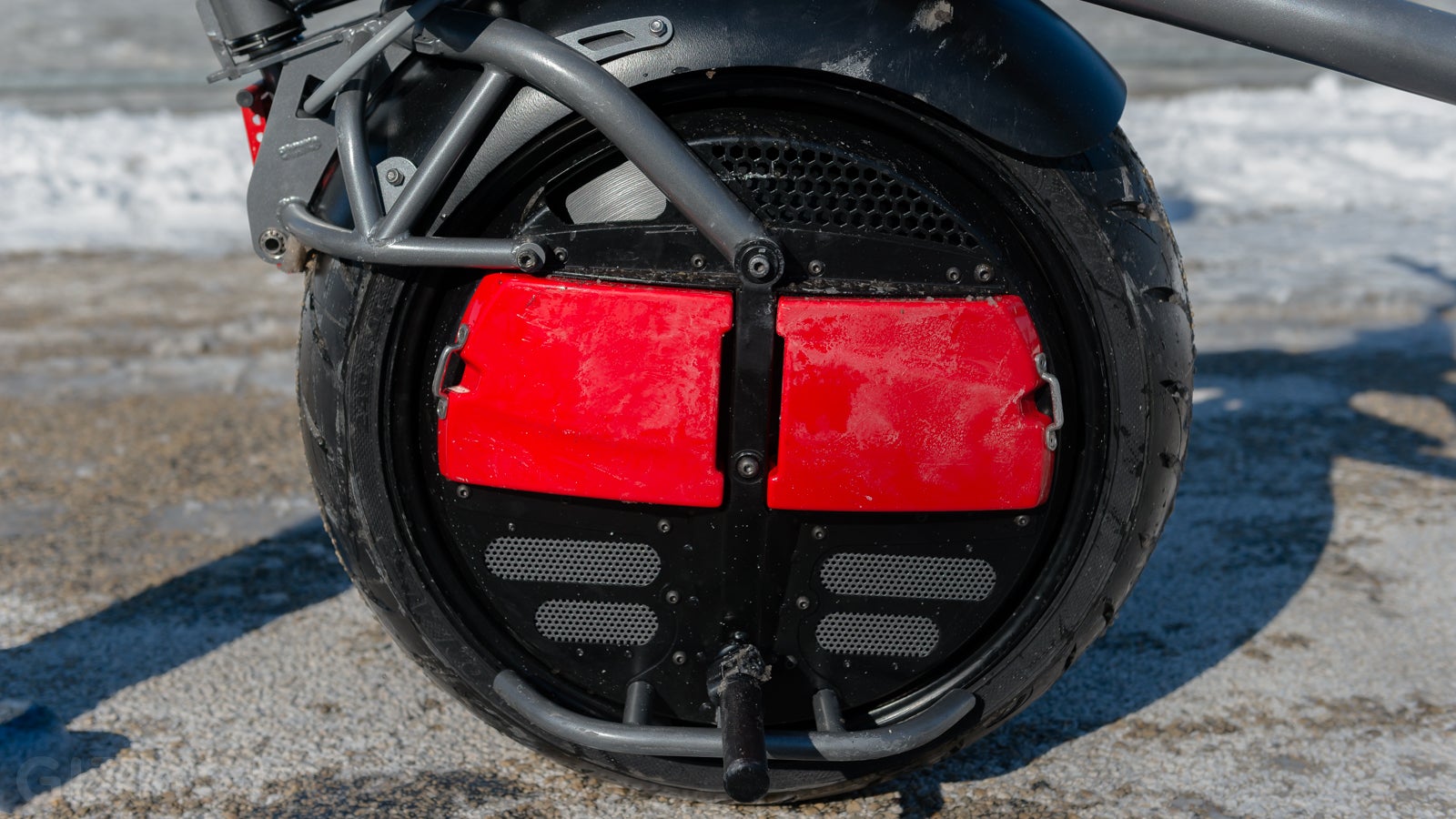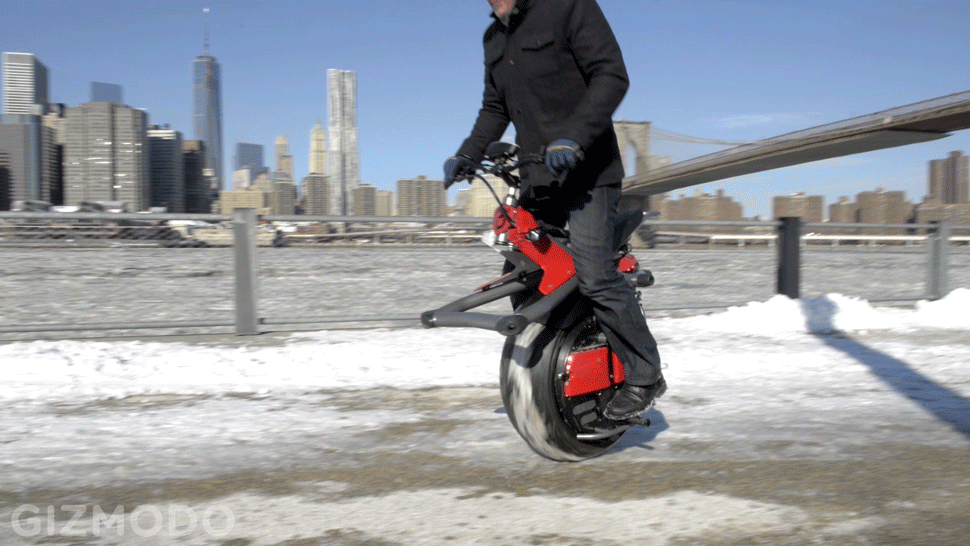SEXPAND
This sci-fi electric unicycle is the RYNO, a future-badass alternative to the Segway that looks like it got beamed down from the year 2114. But it's here, and it's real, and I got to ride it.
Self-taught engineer Chris Hoffmann began working on the RYNO concept in 2006, when his 13-year-old daughter sketched a one-wheeled scooter she'd seen in a video game. She asked him if he could build it, and that set the single wheel turning. Now, about six prototypes later (including one that made a cameo in Portlandia), the RYNO is ready to hit the streets.
In essence, the RYNO is an overgrown Segway that lost a wheel. Like the Segway, the RYNO is controlled by the rider's body position: lean forward to accelerate, tilt back to stop.
 2SEXPAND
2SEXPAND
Also like the Segway, the RYNO balances itself front-to-back when standing still. With both feet on the ground, it nudged around to keep my center of gravity poised directly over the axle. With only one wheel, side-to-side balance is up to you. It's a big wheel, though, wearing a 240-millimeter-wide motorcycle tire usually found on big ol' Harley-Davidsons. There's a brake lever on the right, though it doesn't work the way you'd expect it to (more on that in a minute). Turning the handlebars swivels the seat on a pivot somewhere behind your tailbone, which feels completely foreign when standing still. And that's it for controls—your body position does the rest.
 SEXPAND
SEXPAND
Instinct tells you not to lean forward when you're balancing on a one-wheeled freak machine, but Chris assured me his creation wouldn't drop me on my face. Timidly, I moved my head in front of the handlebars, and we were off. Once in motion, that weird steering feels strangely natural. You lean in to turn and, somehow, the thing melts into a smooth arc.
Of course, if you've spent a lot of time on a bicycle or motorcycle, a few quirks about RYNO riding will catch you slightly off-guard. My habit of leaning over on one foot at a stop made the RYNO think I was attempting a slow, tight turn. Better to stay on the footpegs, come almost to a halt, then plant both feet—unlike many two-wheeled conveyances, the RYNO's seat is low enough to flat-foot at a stop.
And then there's the single brake lever at your right hand. Squeezing it rears the RYNO's nose up a few degrees, leaning you back just far enough to tell the gyro sensor you want to slow down. It's there to quickly get you in braking position, and it teaches beginners how to make the RYNO slow down. Grabbing a fistful of brake for the first time, I instinctively expected to be pitched forward, not back, but after the first unsure stop it starts making perfect sense.
 SEXPAND
SEXPAND
That's the overall theme of riding the RYNO: it's completely intuitive, once you let go of your two-wheeled habits. Sort of the one-wheeled equivalent of switching digital operating systems; everything seems wacky until you understand the logic behind it. The RYNO isn't backwards, your preconceptions are.
After about 5 minutes, the whole process began to feel natural. Icy, frigid conditions prevented me from taking an extended ride, but Chris says most folks get the basics after about 15 minutes, with master maneuvering taking just a few days.
Once your brain adapts, the RYNO is astoundingly surefooted (and man, I never expected to say that about a unicycle). Credit the construction, which mounts the dual motors and controllers, three gyroscopes, two removable batteries, and all the accompanying computer brains inside the hub of the 18-inch wheel. With a center of mass somewhere between your shins and software that reacts instantaneously to your every lean, the RYNO feels nearly un-toppleable.
 RSS Feed
RSS Feed
 Twitter
Twitter

 10:44 AM
10:44 AM
 luzonsavana
luzonsavana


 Posted in
Posted in
0 comments :
Post a Comment